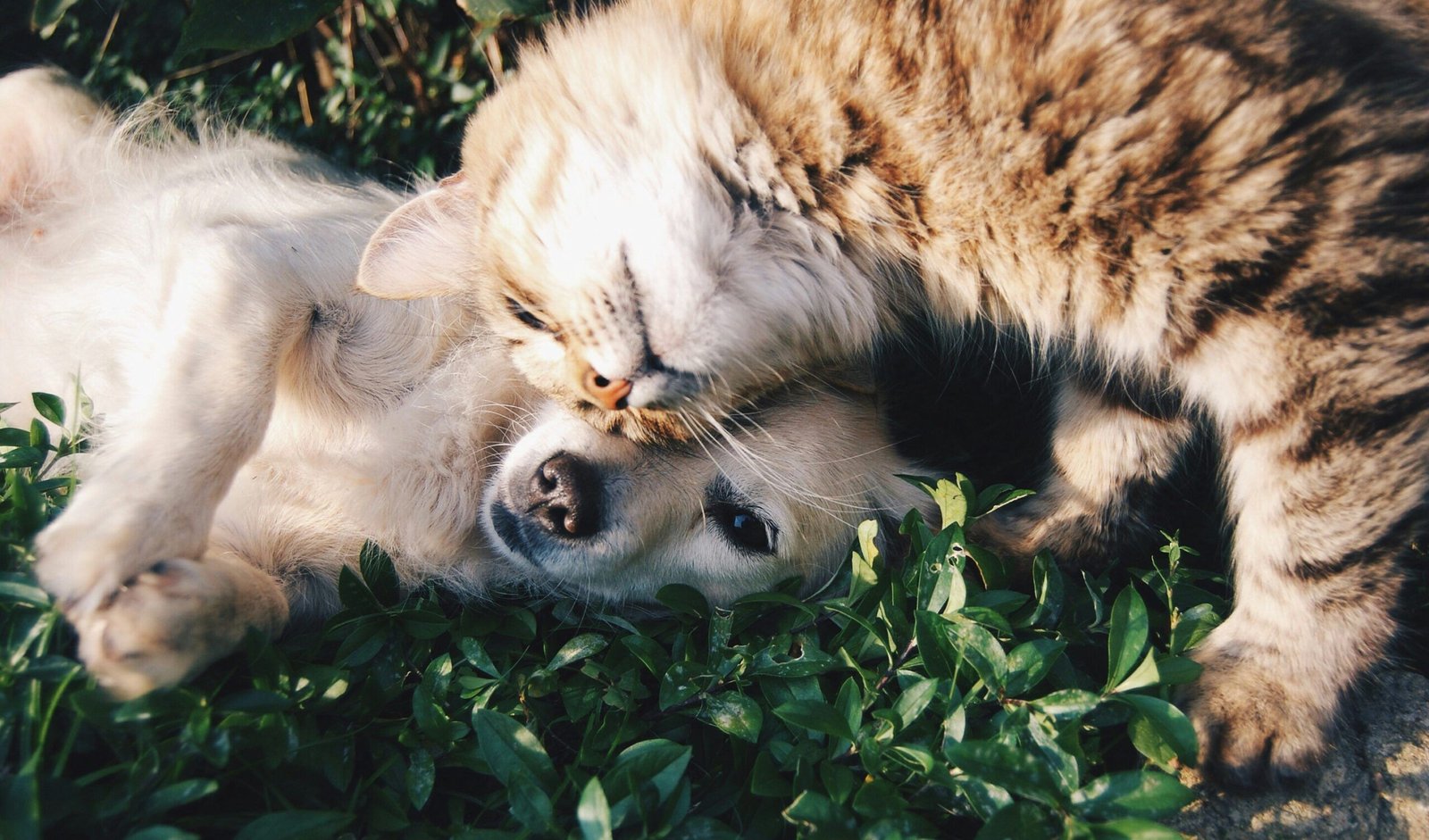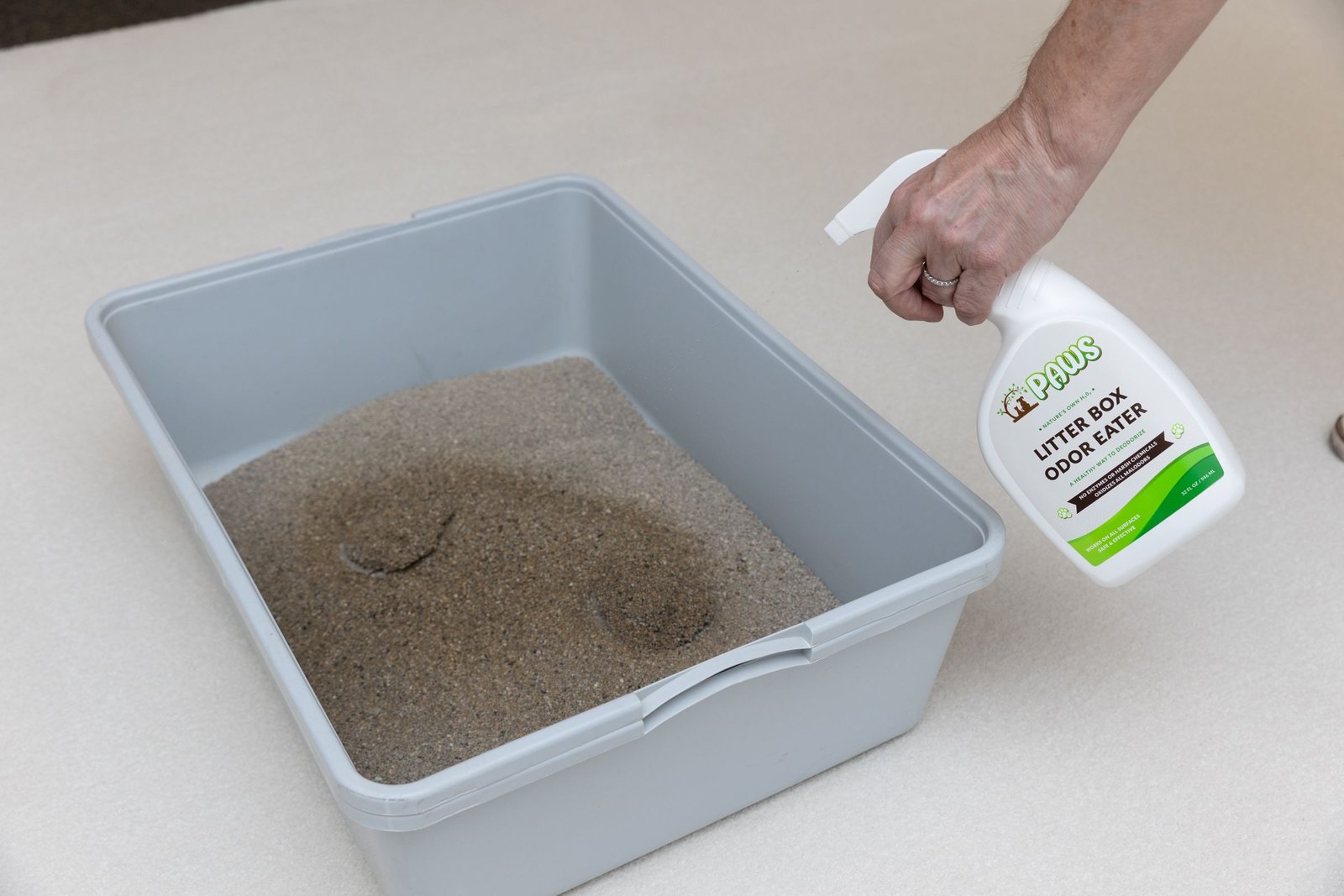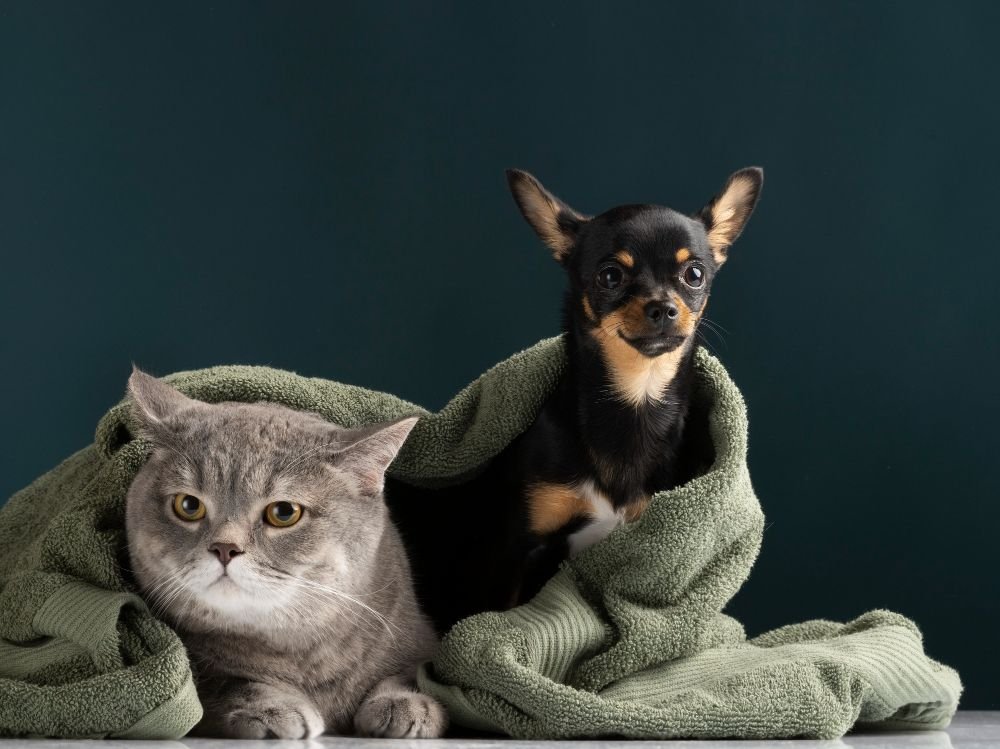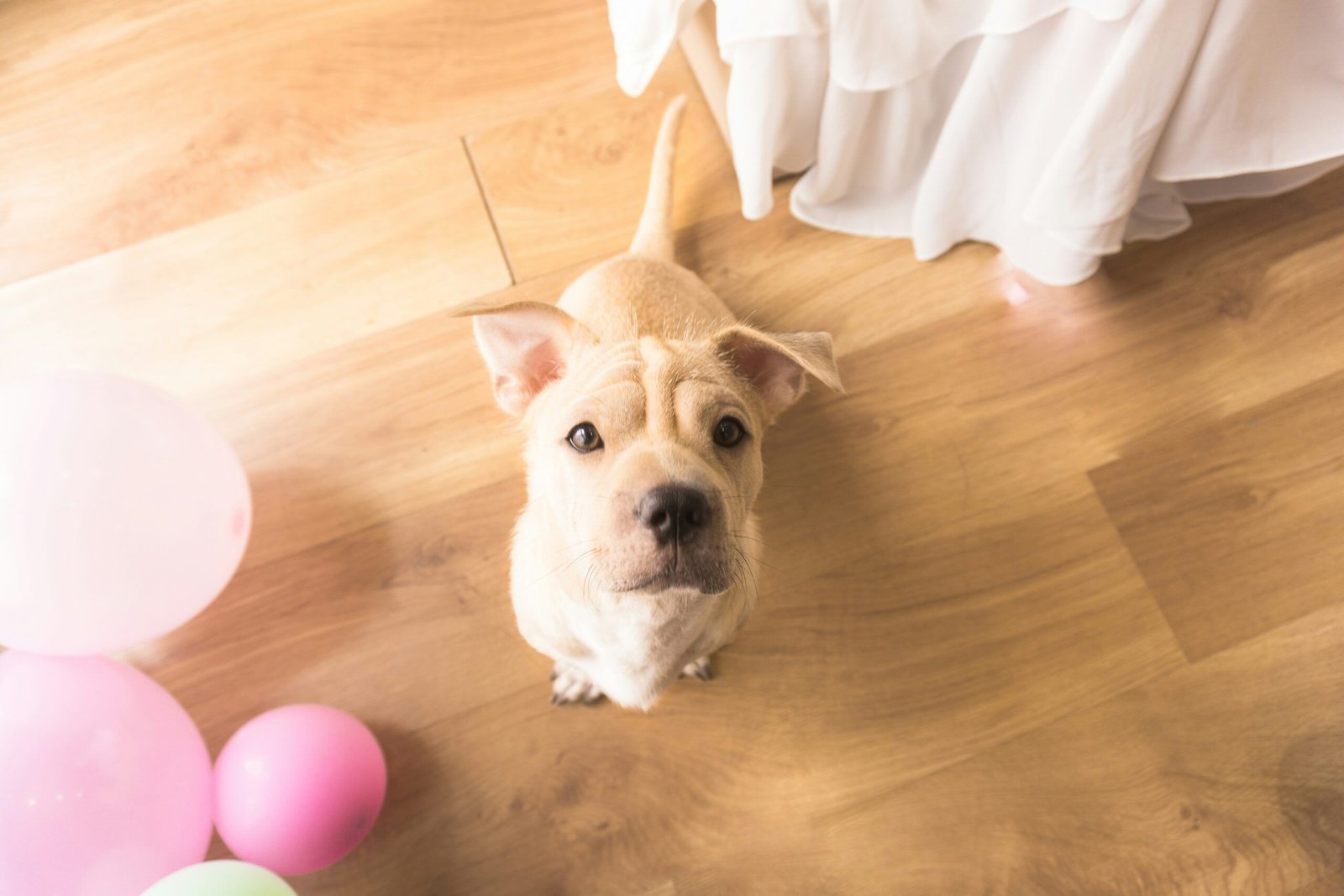Natural Pet Odor Eaters: Say Goodbye to Harsh Chemicals
If you’re a pet parent, you know that odors come with the territory. From accidents on the carpet to that “wet dog” smell lingering in the air, keeping your home fresh can feel like a never-ending battle. But before you reach for another can of synthetic air freshener or a harsh chemical cleaner, consider this: many conventional products mask odors rather than eliminate them—and they may be doing more harm than good. Let’s explore why natural pet odor eaters, particularly enzyme cleaners, are becoming the go-to choice for pet lovers who want a clean home without compromising health or the environment.
The Hidden Dangers of Synthetic Odor Eliminators
Most traditional air fresheners and odor removers contain a cocktail of chemicals like phthalates, formaldehyde, and synthetic fragrances. These compounds can:
- Irritate your pet’s respiratory system
- Trigger allergic reactions in both pets and humans
- Contribute to indoor air pollution
- Mask odors instead of eliminating them
While they might provide a quick burst of “freshness,” these products don’t actually tackle the root of the odor—and they may create more problems than they solve.
Why Enzyme Cleaners Work Better (and Safer)
Enzyme cleaners are natural, biodegradable solutions that work by breaking down organic matter at the molecular level. When your pet has an accident, the smell is often caused by lingering proteins and bacteria. Enzyme cleaners use biological catalysts (enzymes) to digest these particles and fully remove them—no cover-up scents needed.
Here’s what makes enzyme cleaners so powerful:
- ✅ Targeted Action: They break down proteins, fats, and starches—the main culprits behind pet odors.
- ✅ Non-Toxic & Pet-Safe: No harsh fumes, synthetic perfumes, or dangerous residues.
- ✅ Eco-Friendly: Most formulas are biodegradable and safer for waterways and the planet.
- ✅ Long-Term Results: They eliminate odors at the source, preventing future re-soiling or odor reactivation.
Common Uses for Enzyme-Based Pet Odor Cleaners
You can use enzyme cleaners for more than just the occasional carpet mishap. They’re great for:
- Litter boxes
- Pet bedding
- Kennels and crates
- Upholstery and rugs
- Tile grout and hardwood floors (check your product is surface-safe!)
Many natural enzyme cleaners also double as stain removers, making them an all-in-one solution for pet messes.
Choosing the Right Natural Enzyme Cleaner
When shopping for a pet-safe enzyme cleaner, look for:
- Clearly labeled ingredients
- Certified non-toxic or pet-safe status
- No synthetic dyes or added fragrances
- A product specifically formulated for pet messes
You’ll also want to make sure you follow the directions carefully. Enzymes need time to break down odor-causing materials—so don’t rush the process!
A Breath of Fresh Air—Literally
Switching to natural pet odor eaters like enzyme cleaners isn’t just about keeping your home fresh—it’s about making it safer for your furry companions and healthier for you. Instead of layering on chemical scents that only cover up the smell, enzyme cleaners neutralize it at the source.
So next time you’re dealing with a not-so-fresh situation, skip the aerosol spray and reach for a natural enzyme-based solution. Your pets (and your nose) will thank you.
Pro Tip: Want to keep things smelling even fresher? Combine your enzyme cleaner routine with other natural odor-fighting solutions like baking soda, activated charcoal, or essential oil diffusers—just be sure any oils you use are safe for pets.
Final Thoughts
Living with pets doesn’t have to mean living with lingering smells. By embracing the power of natural, enzyme-based cleaners, you can ditch harsh chemicals and enjoy a cleaner, fresher, and safer home for the whole family—four-legged members included.








